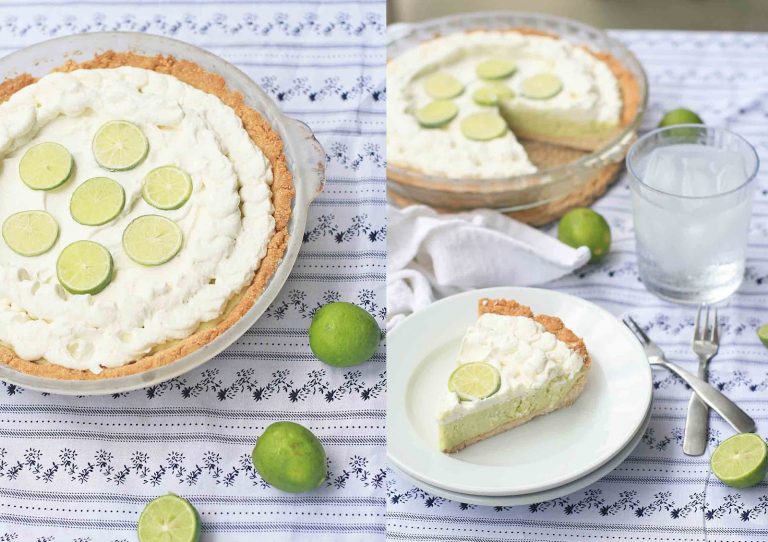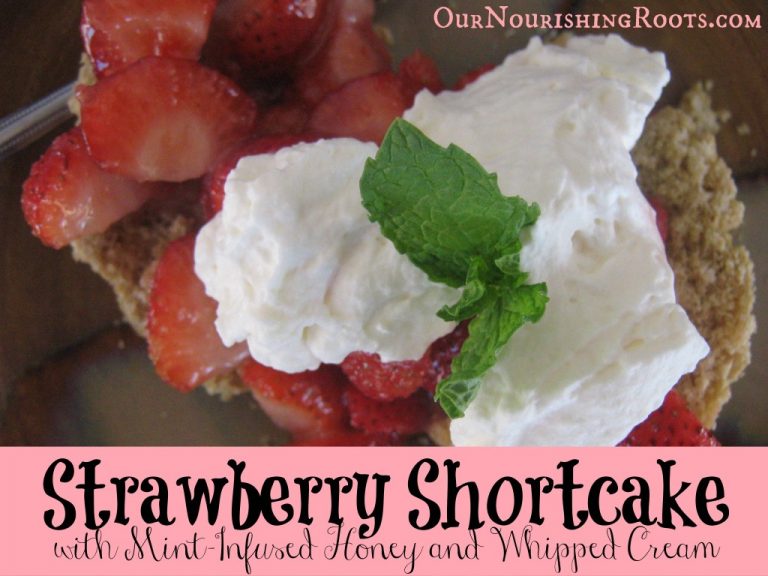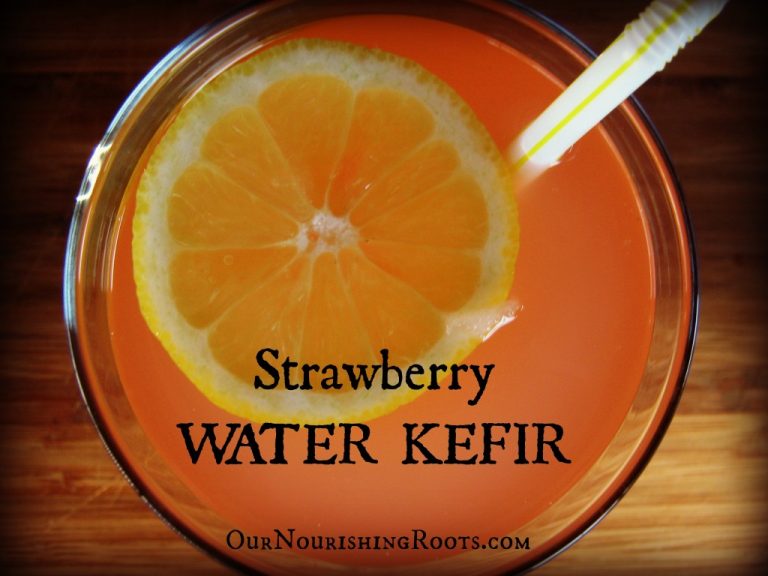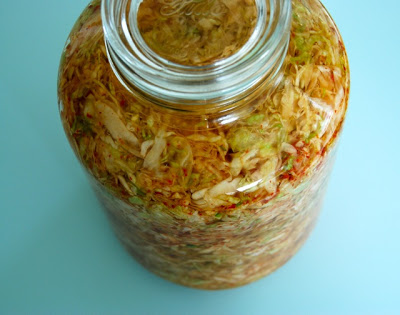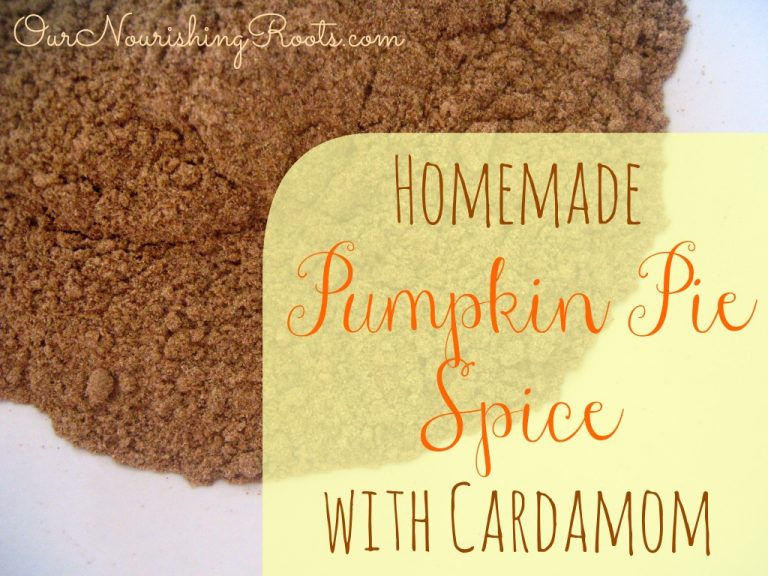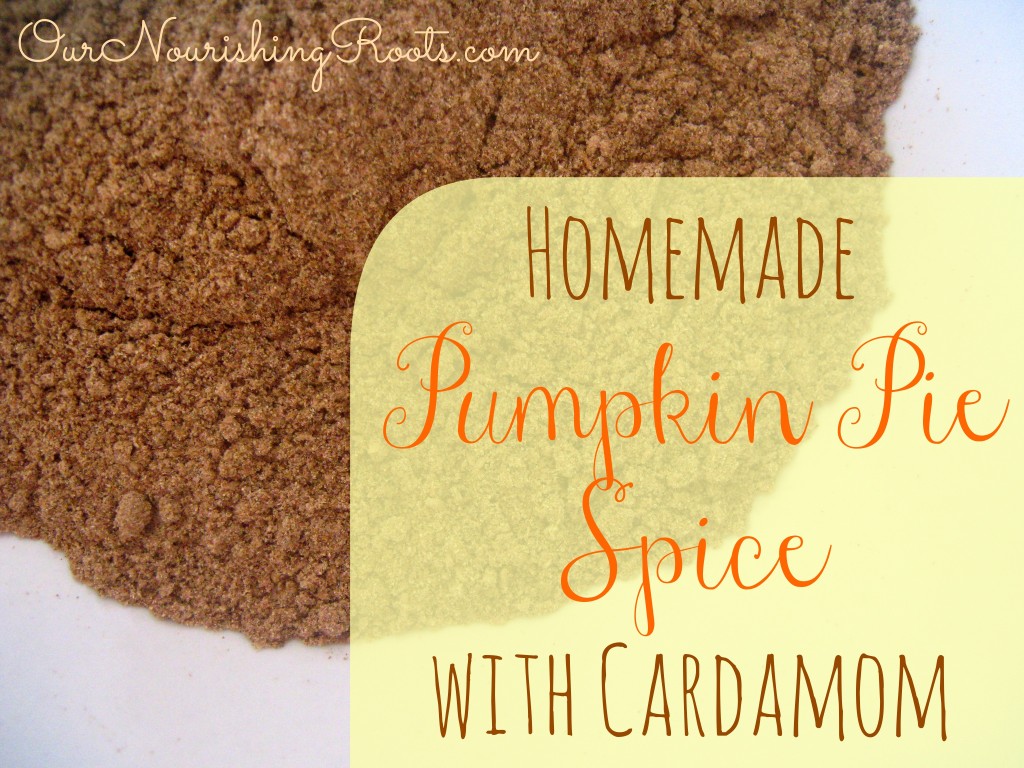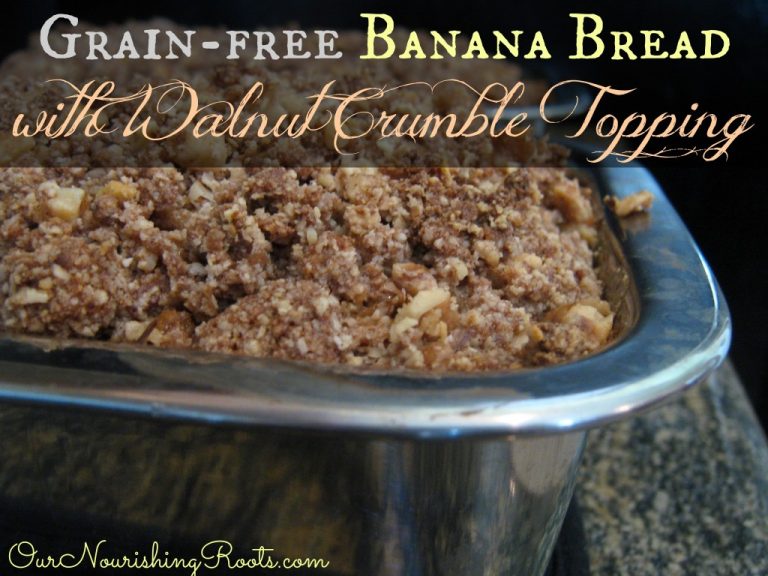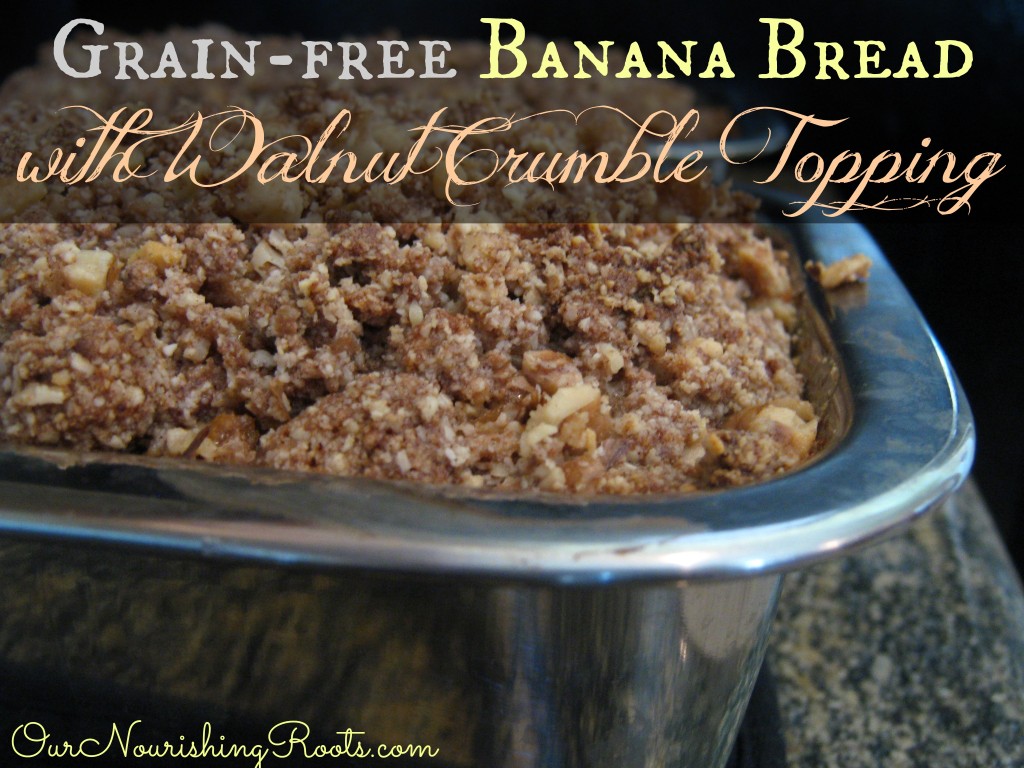My recipe for honey-sweetened GAPS-friendly chocolate chips is one of the most popular ones on the website. I suppose the reason for that is that finding quality chocolate with only natural sweeteners in it is an almost impossible task. Cocoa butter and raw honey are much more accessible so no wonder many people prefer to make their own chocolate from scratch.
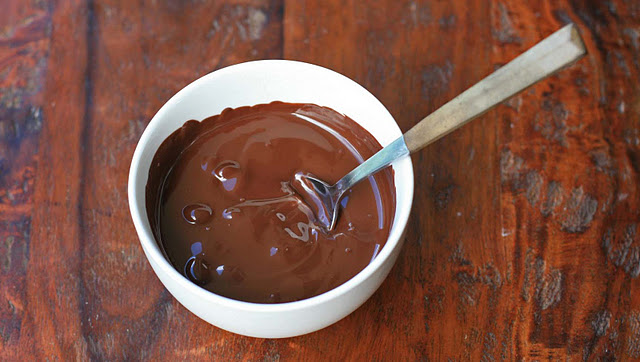
So today, I want to show you a recipe based on those GAPS-friendly chocolate chips. It’s a recipe for a homemade version of Magic Shell sauce. If you aren’t familiar with it, Magic Shell is this magical chocolate sauce that hardens over ice cream, creating this shell over a scoop of ice cream. This is possible due to coconut oil and sunflower oil because they solidify at lower temperatures.
As I said, this recipe is using my GAPS chocolate chips but it’s not necessary you use them too. You can also replace them with store-bought honey-sweetened chocolate or chocolate sweetened with unrefined sugar. You can simply buy regular chocolate sweetened with regular refined sugar. It’s not the healthiest option but we should not be restricting ourselves too much in what we eat.
Sweet or Unsweetened Chocolate?
Another option is to use unsweetened chocolate. To do that, you will need to modify the recipe a bit. I prepared both versions below.
And just like in the original, I use coconut oil as my source of fat. I use expeller-pressed coconut oil because it doesn’t taste anything like coconuts. However, you can also use virgin coconut oil if you don’t mind your Magic Shell having a slight coconut flavoring.
I have seen some recipes that use butter instead of coconut oil. I haven’t tried that so I am not sure if it works. Besides, I get enough butter in all my other meals (with vegetables, on toast, etc.) but I am always on the lookout for more occasions to use coconut oil.
And lastly, do use organic fair trade chocolate if you can. Fair trade means that no people were exploited to manufacture that chocolate you are about to eat. It’s simply an ethical thing to do. The organic label tells you that your chocolate doesn’t contain any genetically modified organisms.
Necessary equipment:
- a double boiler
- a whisk
- a rubber scraper
- a pint glass jar with a lid for storage
Homemade Magic Shell sauce
Ingredients:
- 1 1/2 cups of chocolate chips (how to make GAPS-friendly chocolate chips)
- 1/2 cup of expeller-pressed coconut oil
- a pinch of sea salt
Instructions:
- Melt the chocolate and coconut oil in a double boiler. Use simmering water and melt gradually so that the mixture won’t burn. Keep stirring so until completely smooth.
- Transfer the mixture into a glass jar and leave to cool for at least 10 minutes.
- Use over ice cream immediately or store for later.
If stored at room temperature, the sauce will hold for about a week. You can place the jar in warm water to melt the sauce should it harden. You can also store it in a fridge if you need it to hold longer but you will need to re-liquefy it by taking it out of the fridge an hour before serving or warming it up in warm water. After it melts again, leave to cool for at least 10 minutes at room temperature.
Homemade Magic Shell sauce (unsweetened chocolate version)
Ingredients:
- 1 cup of chopped unsweetened chocolate
- 1/2 cup of expeller-pressed coconut oil
- 1/2 cup of whole cane sugar OR 1/3 cup of raw honey
- 1 t. of vanilla extract
- 3 T. of brewed coffee
- a pinch of sea salt
Instructions:
- Melt the chocolate and coconut oil in a double boiler. Use simmering water and melt gradually so that the mixture won’t burn. Keep stirring so until completely smooth.
- Add in the sugar or honey, vanilla extract, coffee, and sea salt. Whisk to fully combine until the mixture is smooth again.
- Transfer the mixture into a glass jar and leave to cool for at least 10 minutes.
- Use over ice cream immediately or store for later.
If stored at room temperature, the sauce will hold for about a week. You can place the jar in warm water to melt the sauce should it harden. You can also store it in a fridge if you need it to hold longer but you will need to re-liquefy it by taking it out of the fridge an hour before serving or warming it up in warm water. After it melts again, leave to cool for at least 10 minutes at room temperature.
